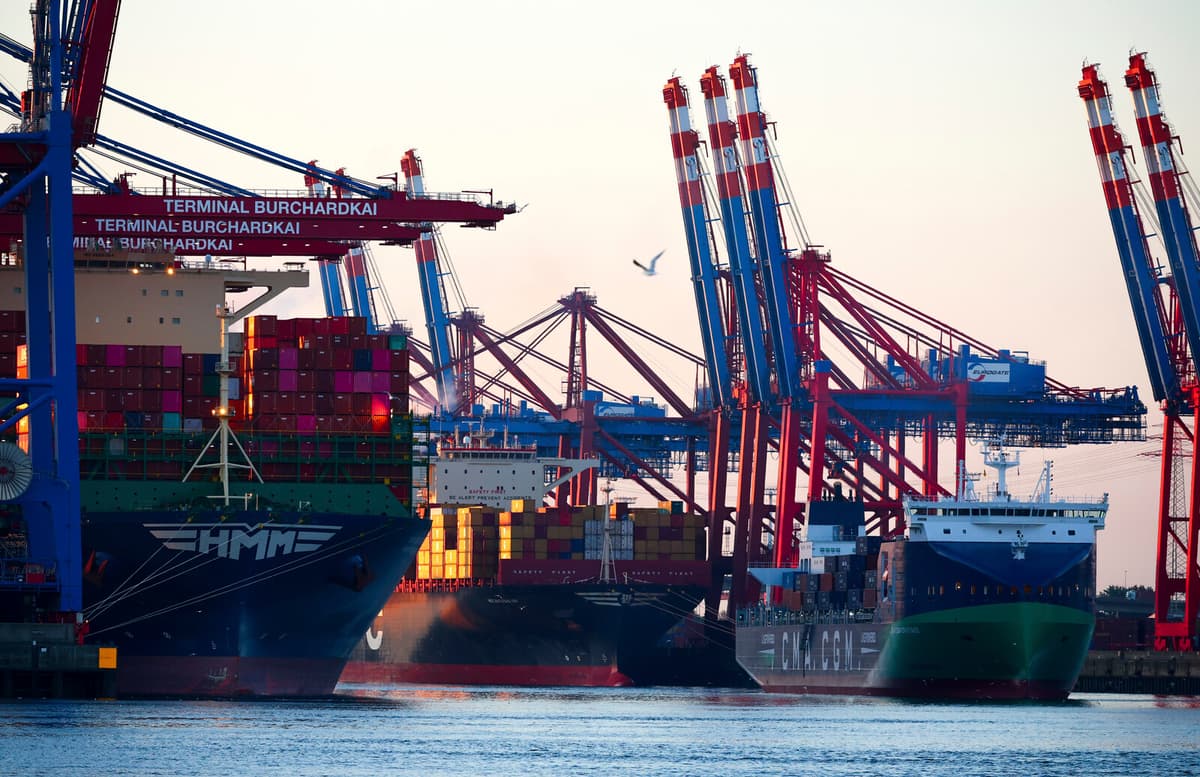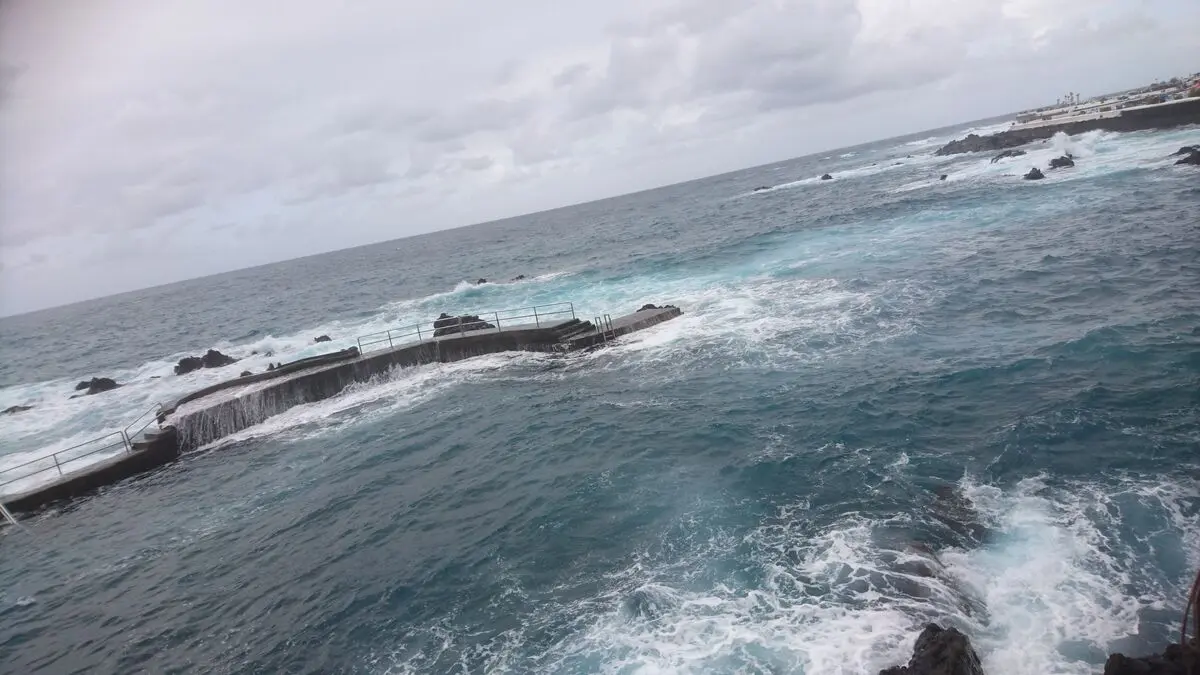Hamburg, February 2021. A cargo ship flagged in Paraguay slowly enters the harbor. The containers are supposed to contain wall putty, but something arouses the customs officers' suspicion. It becomes clear that they have made Europe's largest find of cocaine to date: 16 tons of powder, worth almost 40 billion kronor on the street, in over 1,700 metal cans.
But when the police strike against the suspected gang behind the narcotics, they miss. The main suspects have already fled to Dubai. Nor do they find any significant amounts of drugs, cash, or other evidence.
Three and a half years later, in October 2024, the prosecutor in the case is arrested. He is accused of leaking information about the investigation and of having warned the suspects in exchange for over 50,000 kronor a month, according to the German public service broadcaster NDR.
"Infiltration" and bribes
The scandal has cast harsh light on Hamburg's role in the import of narcotics to Europe – and on the corruption that organized crime brings with it, writes the Global Initiative Against Transnational Organized Crime (GI-TOC).
We see an infiltration of the harbor infrastructure in Hamburg, bribing of police officers in exchange for information, and recently even a state prosecutor who is awaiting trial for having leaked information to a cocaine smuggling network, says the organization's European chief Daniel Brombacher to The Guardian.
Getting the drugs in is almost impossible without help from the inside, according to numerous reports. The criminals need physical access to the harbor, information from IT systems about the containers' position – and people willing to turn a blind eye in exchange for money.
And South American smugglers say they have no difficulty corrupting harbor personnel in Europe, according to a recent report from the UN Office on Drugs and Crime (UNODC) as reported by Deutsche Welle. In April, two harbor workers in Hamburg were sentenced to prison for helping to transport 480 kilos of cocaine from Ecuador to Europe. In recent months, several German police officers have also been arrested for aiding the gangs, reports The Guardian.
"Cat-and-mouse"
Hamburg's harbor workers now feel so threatened that they asked for automatic weapons last year, writes the newspaper. In an incident, Belgian police allegedly tipped off Hamburg's harbor police that an armed French gang was planning a raid to retrieve seized narcotics.
In a campaign, Hamburg's harbor workers are warned about the gangs' recruitment methods, which often involve threats against both employees and their families. "When I didn't want to do it anymore, they sent a picture of my daughter," reads a quote in the campaign, according to the Swiss Neue Zürcher Zeitung (NZZ).
We have neglected harbor security. We were probably quite naive, stated Michael Schrader, head of Hamburg's customs office, to the newspaper in May last year.
The customs officers are constantly one step behind. According to experts, only around one-tenth of all narcotics arriving in Europe are detected.
When the smugglers change their strategy, we must adapt quickly. It's like a cat-and-mouse game, said Schrader.
Astounding sums
The harbor in Hamburg is Germany's largest and Europe's third-largest, after Rotterdam in the Netherlands and Antwerp in Belgium. Between 2022 and 2023, seizures in Hamburg increased by 500 percent, according to German Der Spiegel.
Cocaine is extremely lucrative. The profit margin is enormous: it can be sold on the street in Europe for up to fifty times more than the purchase price in South America, according to GI-TOC. The astounding sums are driving – together with an increasing demand – a landslide increase in imports to Europe.
We have cocaine deliveries that would have been unthinkable five or ten years ago, said narcotics investigator Oliver Erdmann at Hamburg police to Der Spiegel in October.
Germany's federal police authority has warned of a "tidal wave of cocaine". Cocaine has risen to first place among illegal drugs in Germany, said Burkhard Blienert, the government's responsible for drug issues, to Deutsche Welle last week:
"We live in uncertain times, and in these times, people are turning to drugs in increasing numbers."
Cocaine is a highly addictive central stimulant with stimulating and appetite-suppressing effects.
The drug is extracted from the leaves of the South American coca bush. The narcotic powder that lands with the consumer is almost always heavily mixed with various, more or less harmful substances.
The largest cocaine producers are Colombia, Peru, and Bolivia.
In line with the increasing power of criminal gangs, Ecuador, especially the port city of Guayaquil, has become the main export port from South America. But cocaine is also smuggled via South American rivers, such as the Paraná, to ports in Brazil, Argentina, and from there to ports in Europe.
The largest numbers of cocaine seizures in Europe are reported from the Netherlands, Belgium, and Spain.
Cocaine causes high blood pressure and can lead to heart problems, stroke, and damage to nasal tissue with repeated use.





